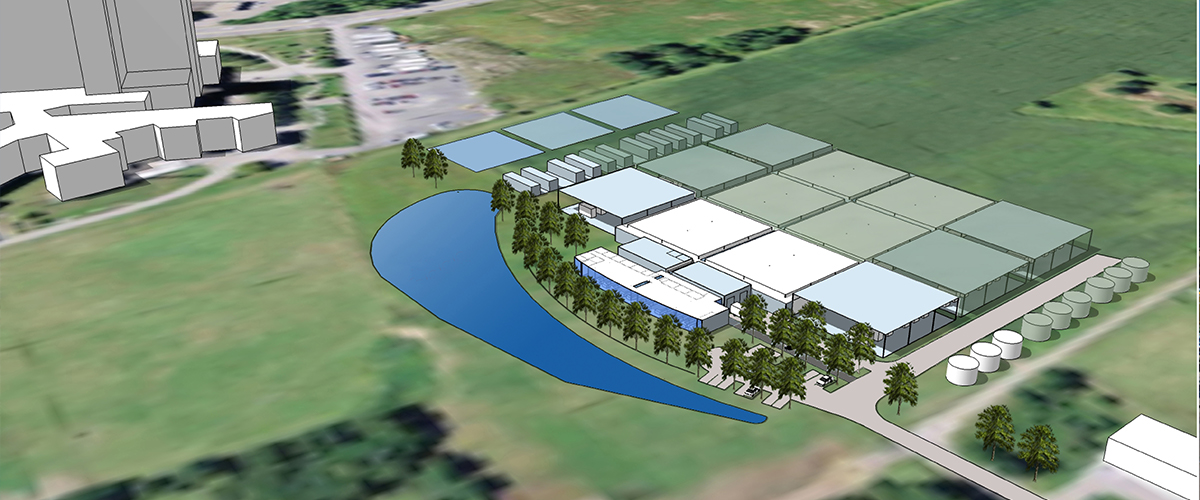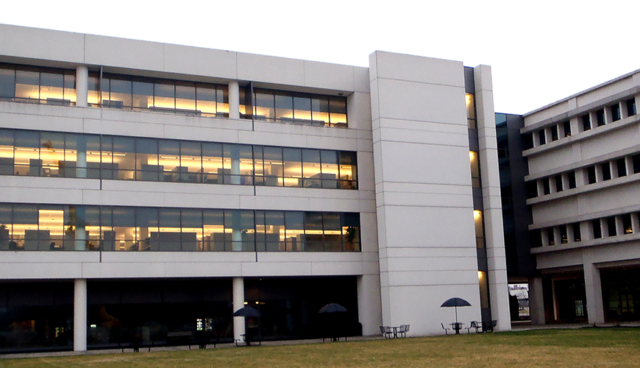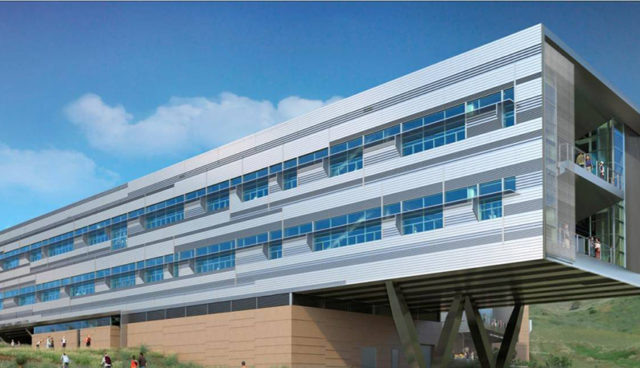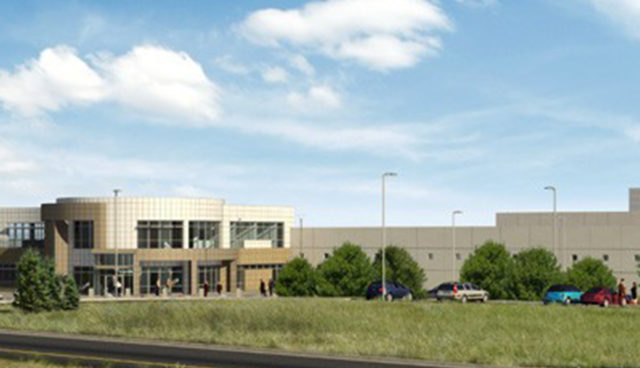HPC Montreal Data Center

This design results from a unique partnership between the San Diego Supercomputer Center (SDSC) at UC San Diego and CLUMEQ, a Canadian High-Performance Computing consortium led by McGill University in Montreal, Quebec. Under the partnership, SDSC and CLUMEQ/McGill University researchers are designing and building a business case and a conceptual design for a jointly-managed, ultra-efficient data center to be built in Quebec, which has an abundance of green hydroelectric power and an ideally suited cool climate that can provide ‘free cooling’ to the data center’s high-performance computer systems for much of the year. Hydro Quebec, Quebec’s state-owned utility, Integral Group, and ClimateCHECK, an Ottawa-based firm specializing in greenhouse gas (GHG) emission standards, and measurement, are collaborating on the project.
Our proposed system design for the data center uses a naturally cool climate to minimize power usage. During the majority of the year, evaporative cooling towers alone cool the facility. For the short period of the year that is too humid for cooling towers alone to serve, ice created naturally during the cold winter months is stored to provide additional cooling. The elimination of mechanical cooling at this site will be an impressive feat, but using ice stored from the winter for cooling was standard practice for centuries in this region.
By design, there are no chillers with their complex mechanical compressors, eliminating a significant maintenance requirement. The water-cooled HPC equipment also dramatically reduces the number of fans in the system, reducing maintenance by replacing many fans, filters, and coil systems with a few low-maintenance and centrally located pumps. While the ice generation system is unique, it comprises simple and mature components that do not require unusual or excessive maintenance. Maintenance costs of the mechanical system are expected to be $50,000 – $70,000 per year lower than for the standard chiller and air-based system. An N+1 level of redundancy is included throughout, with high-efficiency flywheel UPS and diesel generators providing backup power for two megawatts of critical load. A new substation with dual 125 kV utility transmission level feeds provides reliable, high-quality power.
The extraordinary efficiency, a PUE of 1.06, is achieved by using this cool climate and optimizing the entire system. Along with the lower electric rates of $0.05/kWh, electric bill savings of $5 million per year are expected compared to a San Diego UC Campus facility with a PUE of 1.35 and higher electric rates of $0.09/kWh. With an approximate construction cost of $60M for eight megawatts of IT capacity, the electrical savings alone will pay for the facility in twelve years.






